Software we can upgrade. Genetics and biotech have made “LIFE” our new canvas.
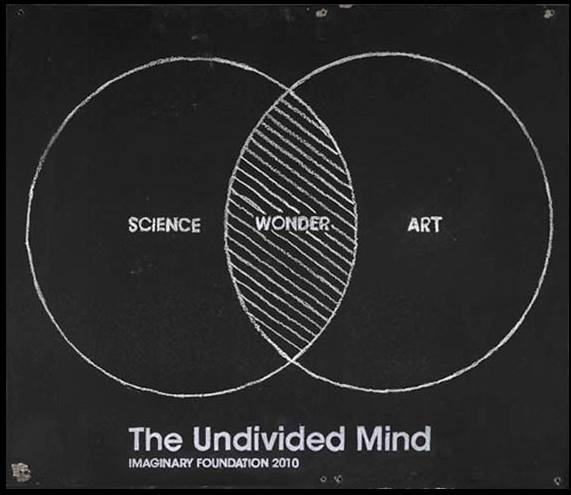

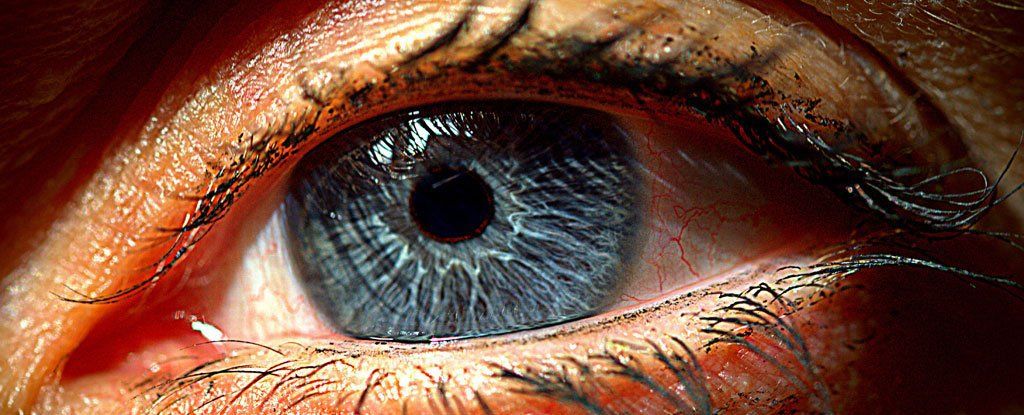
Scientists have developed a retinal implant that can restore lost vision in rats, and are planning to trial the procedure in humans later this year.
The implant, which converts light into an electrical signal that stimulates retinal neurons, could give hope to millions who experience retinal degeneration – including retinitis pigmentosa – in which photoreceptor cells in the eye begin to break down, leading to blindness.
The retina is located at the back of the eye, and is made up of millions of these light-sensitive photoreceptors. But mutations in any one of the 240 identified genes can lead to retinal degeneration, where these photoreceptor cells die off, even while the retinal neurons around them are unaffected.
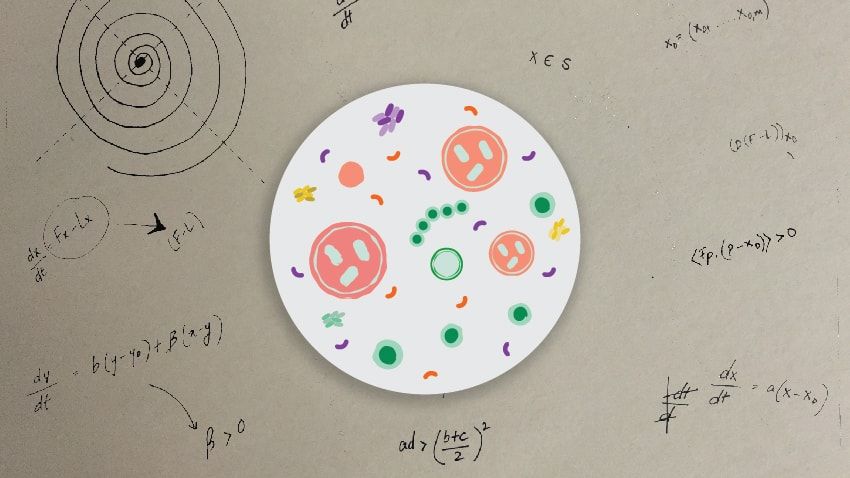
What makes a cluster of cells become a liver, or a muscle? How do our genes give rise to proteins, proteins to cells, and cells to tissues and organs?
The incredible complexity of how these biological systems interact boggles the mind—and drives the work of biomedical scientists around the world.
But a pair of mathematicians has introduced a new way of thinking about these concepts that may help set the stage for better understanding of our bodies and other living things.
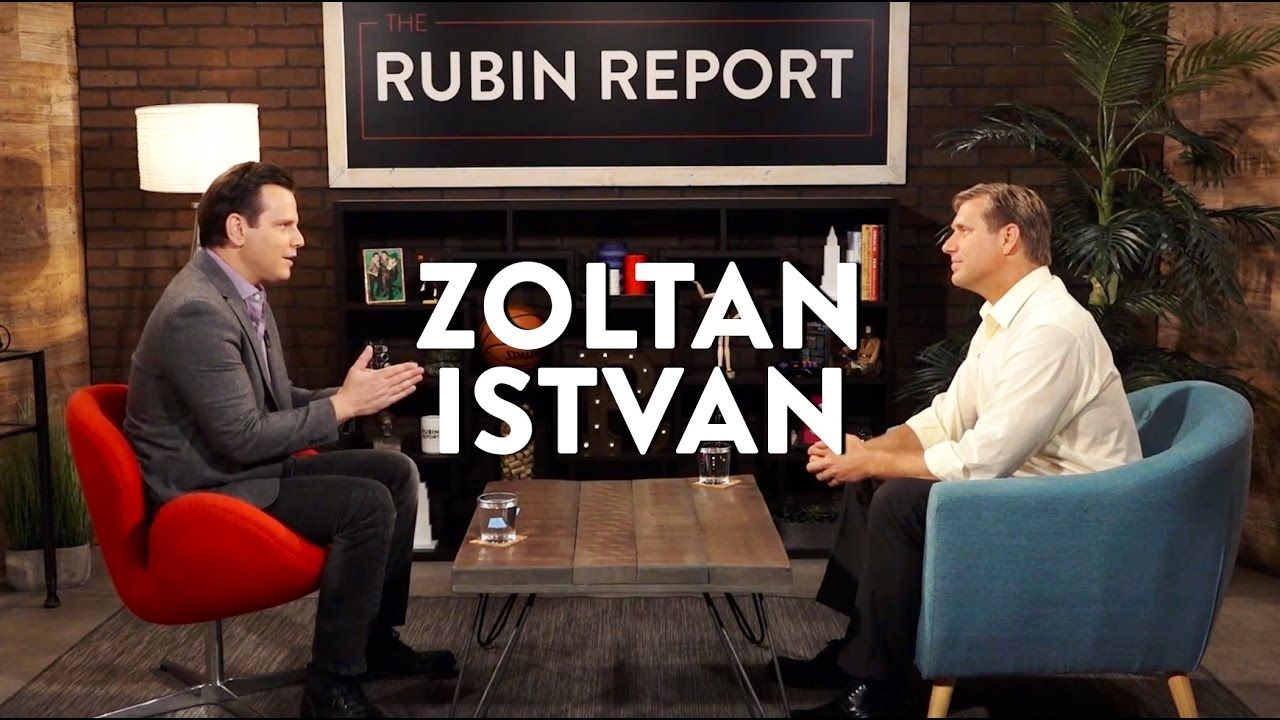
The Libertarian Republic covering my libertarian run for California Governor:
After realizing his chances to be President were over, Zoltan Istvan of the Transhumanist Party, has decided to take his platform and run for another elected office, and under a different political party.
Istvan didn’t have much of a chance at being president, but that didn’t stop him from campaigning as the Transhumanist Party’s candidate to promote his pro-technology and science positions. Now, he’s setting his sights a bit lower, and with a different party. Istvan announced this morning that he plans to run for governor of California in 2018 under the Libertarian Party, explains Engadet.com.
In a Newsweek article Istvan wrote, “We need leadership that is willing to use radical science, technology, and innovation—what California is famous for–to benefit us all. We need someone with the nerve to risk the tremendous possibilities to save the environment through bioengineering, to end cancer by seeking a vaccine or a gene-editing solution for it, to embrace startups that will take California from the world’s 7th largest economy to maybe even the largest economy–bigger than the rest of America altogether.”
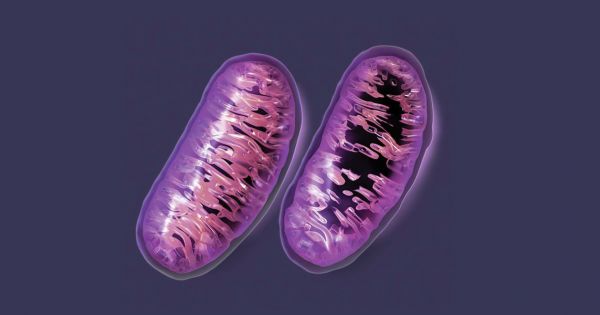
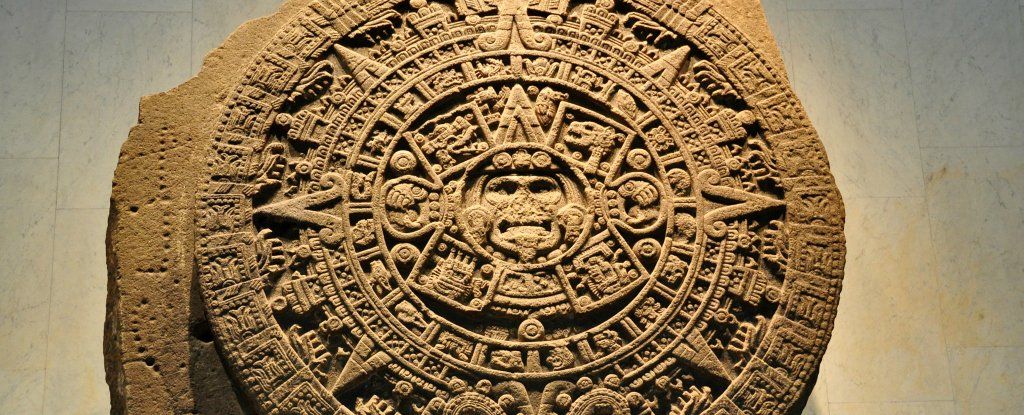
A new pathogen can have devastating consequences in genetically homogenous populations.
When Spanish forces arrived in Mexico in 1519, the native population was estimated to be around 25 million. A century later, there were only around 1 million left, following several devastating outbreaks of disease brought in from overseas.
Despite plenty of speculation, the diseases that contributed to the collapse of Aztec society remain unconfirmed. But now scientists have presented the first DNA evidence of a bacterial species from one of the worst epidemics — and it suggests that a deadly outbreak of salmonella might have been involved.
The downfall of Aztec society has been the source of plenty of fascination, and it’s generally believed that a variety of factors were involved — mainly the arrival of Spanish forces, followed by several outbreaks of European diseases among the native population.
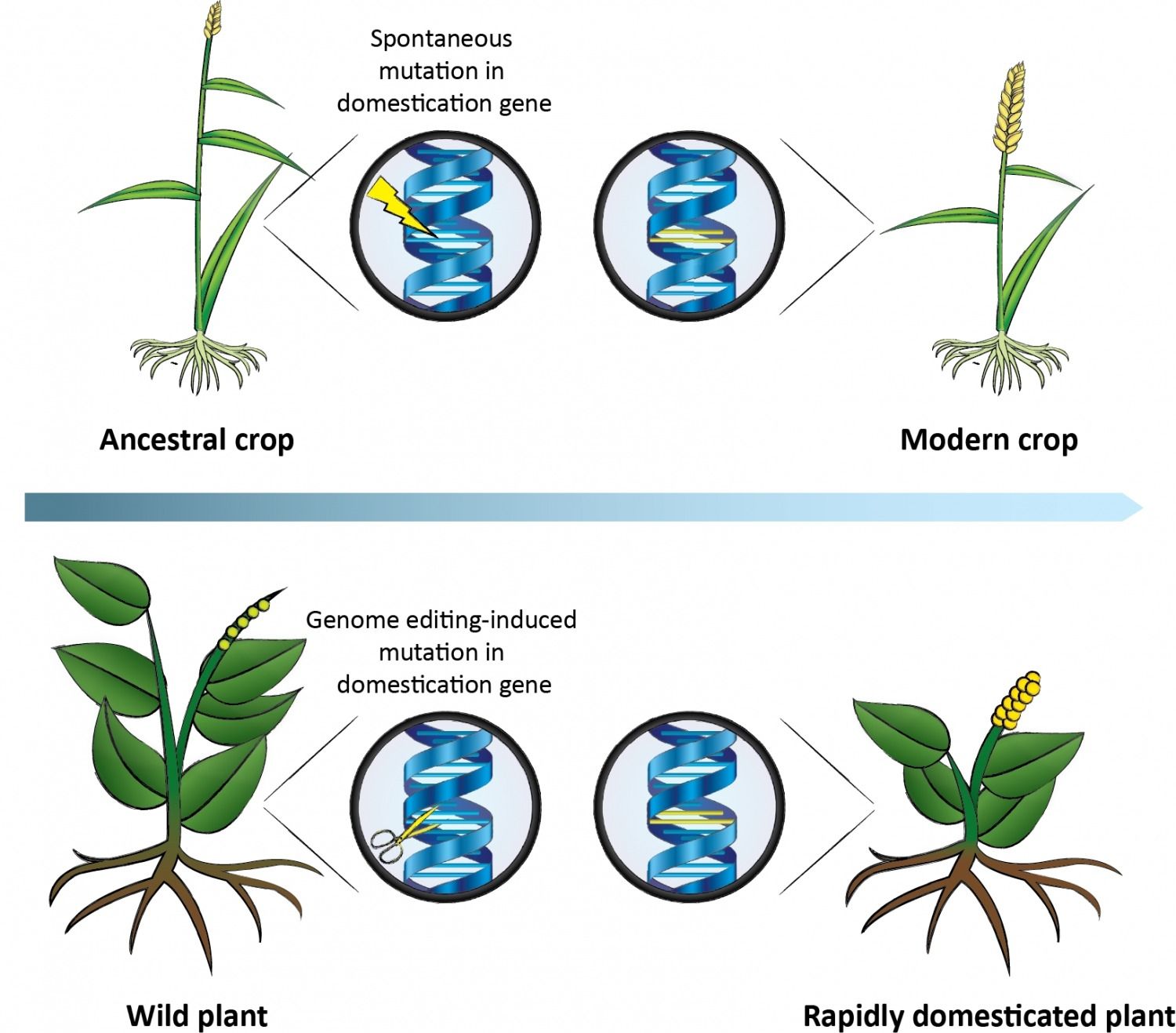
The more crops we cultivate, the less chance our food supply wil get wiped out by a disease.
Out of the more than 300,000 plant species in existence, only three species—rice, wheat, and maize—account for most of the plant matter that humans consume, partly because in the history of agriculture, mutations arose that made these crops the easiest to harvest. But with CRISPR technology, we don’t have to wait for nature to help us domesticate plants, argue researchers at the University of Copenhagen. In a Review published March 2 in Trends in Plant Science, they describe how gene editing could make, for example, wild legumes, quinoa, or amaranth, which are already sustainable and nutritious, more farmable.
“In theory, you can now take those traits that have been selected for over thousands of years of crop domestication—such as reduced bitterness and those that facilitate easy harvest—and induce those mutations in plants that have never been cultivated,” says senior author Michael Palmgren, a botanist who heads an interdisciplinary think tank called “Plants for a Changing World” at the University of Copenhagen.
The approach has already been successful in accelerating domestication of undervalued crops using less precise gene-editing methods. For example, researchers used chemical mutagenesis to induce random mutations in weeping rice grass, an Australian wild relative of domestic rice, to make it more likely to hold onto its seeds after ripening. And in wild field cress, a type of weedy grass, scientists silenced genes with RNA interference involved with fatty acid synthesis, resulting in improved seed oil quality.
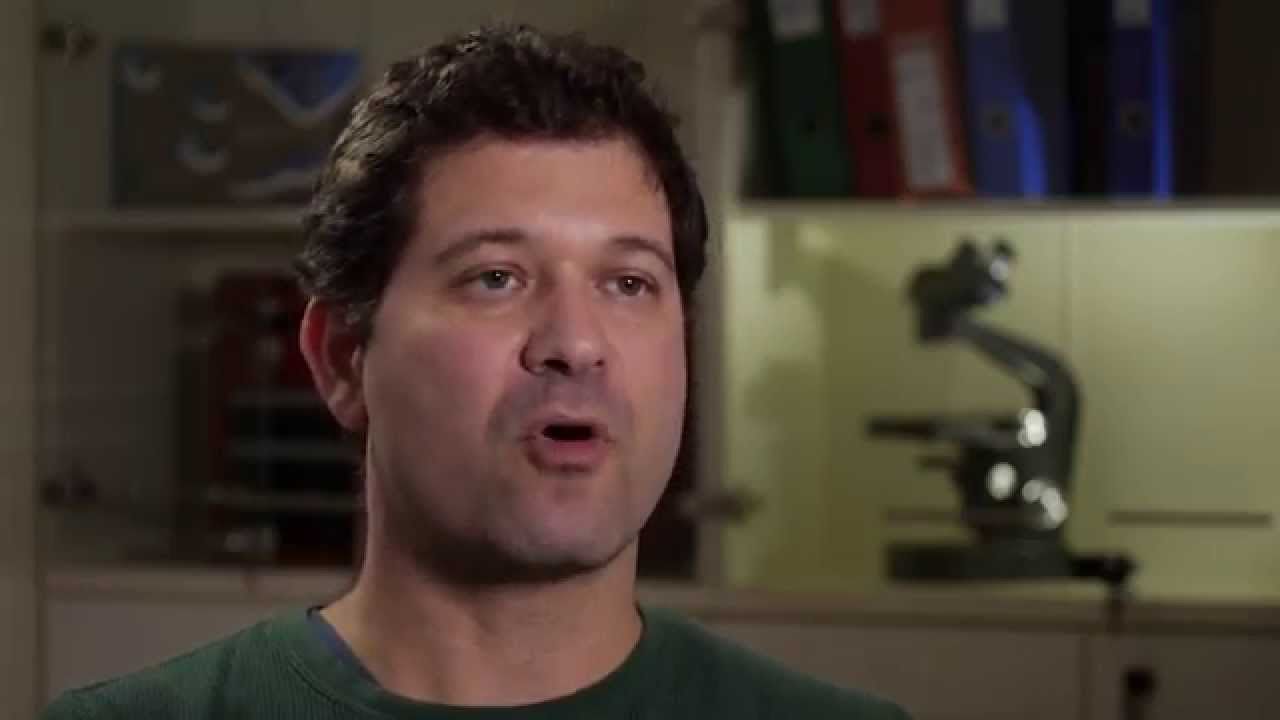
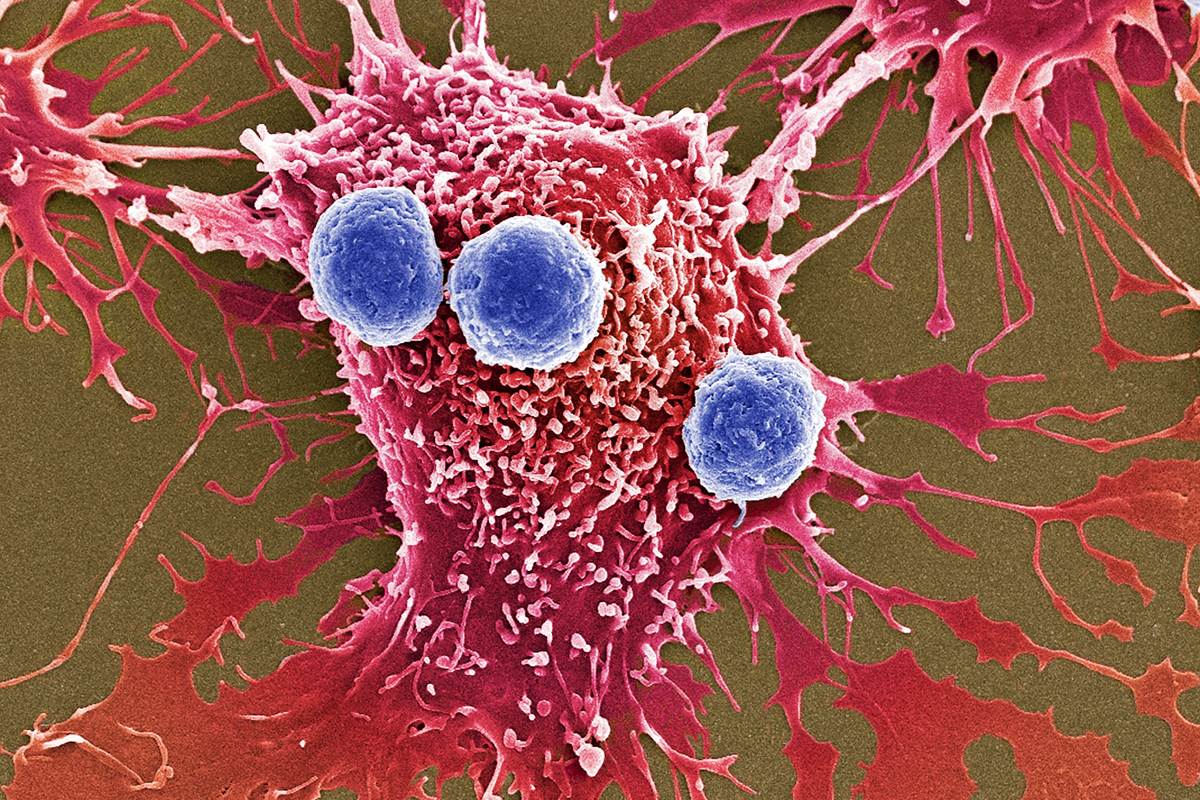
The woolly mammoth has been extinct for more than 4000 years. Now scientists are talking about bringing it back with the help of a powerful gene-editing technique called CRISPR-Cas9.
But CRISPR’s promise extends far beyond the possibility to resurrect extinct animals. It may also have the potential to boost crop yields and create alternatives fuel sources, protect us from insect-borne scourges like malaria and Zika, and even cure cancer.
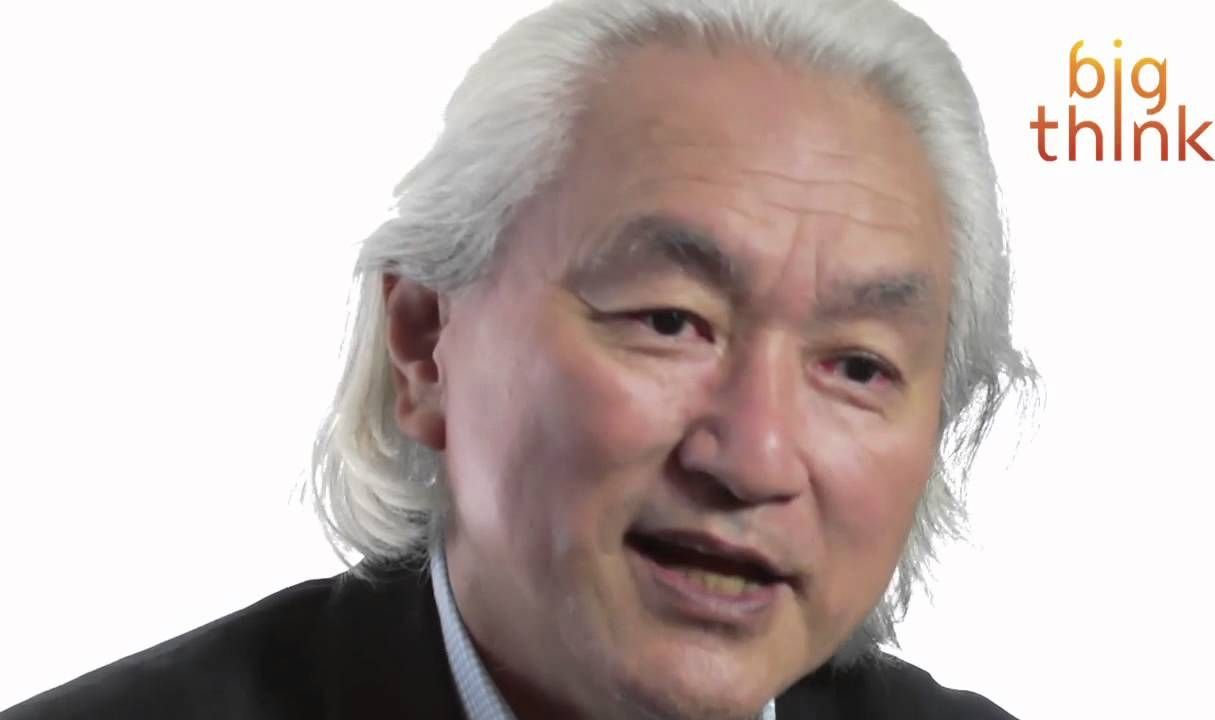
Dangerous thought.
The scientific world was set ablaze of late as discussions ramped up about the resurrection of the wholly mammoth. I know what you’re thinking: Jurassic Park. Well, not quite — but maybe not that far off, either. Dr. Michio Kaku, professor of theoretical physics at the City College of New York, wonders: what if we could clone the Neanderthal, or a dinosaur, based solely off their genomes?
George Church, geneticist and director of Harvard University’s Church Labs, believes that we can clone a Neanderthal in our lifetime. So much so that he thinks all we need is “one extremely adventurous human female.” While he doesn’t advocate for the project to be attempted straight away, he does encourage discussion on the matter. Church believes that with current stem cell technology and our completed sequence of the Neanderthal genome, we are equipped with the potential to clone a Neanderthal.
The Neanderthals went extinct tens of thousands of years ago, so cloning one from recovered DNA would be impressive enough of a feat — but what about something from 65 million years ago? Dr. Kaku addresses this, admitting that cloning a dinosaur won’t be as easy as cloning a Neanderthal or a mammoth (which wouldn’t very “easy” to begin with) — but that doesn’t mean it’s impossible.